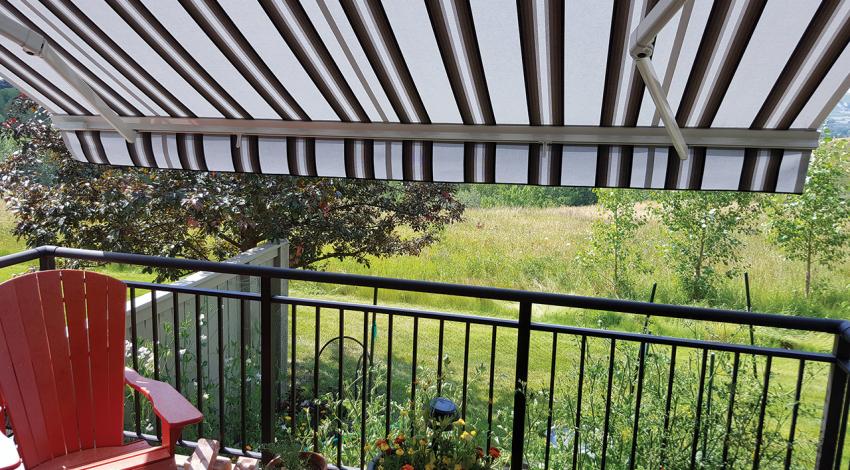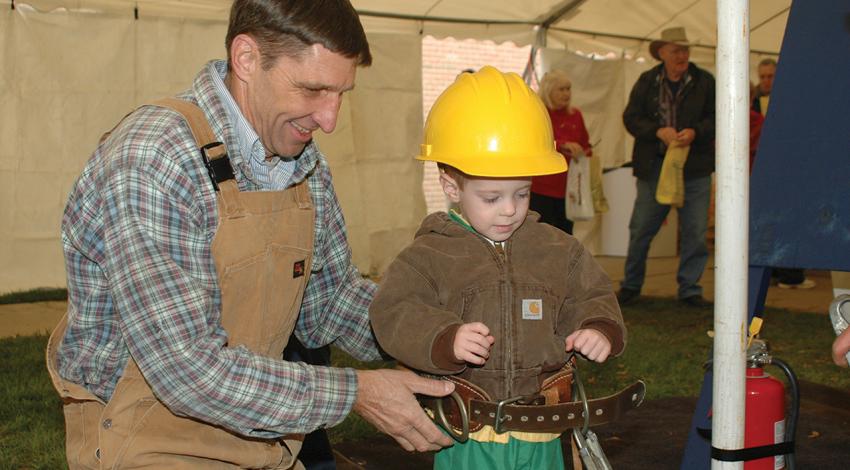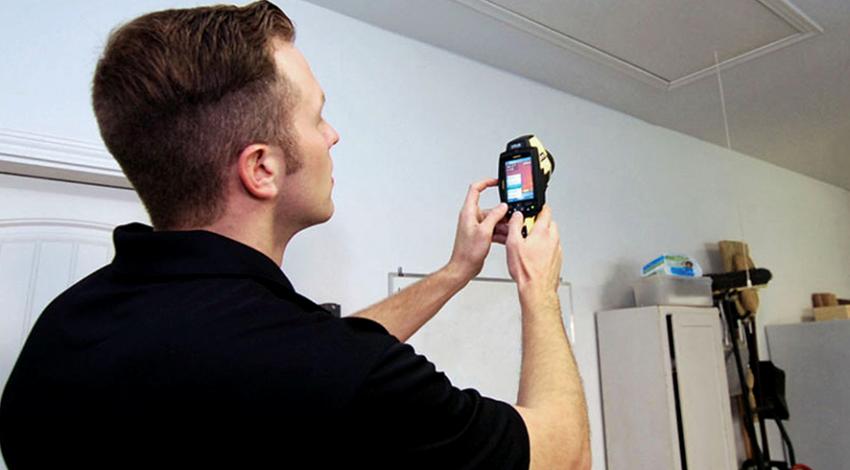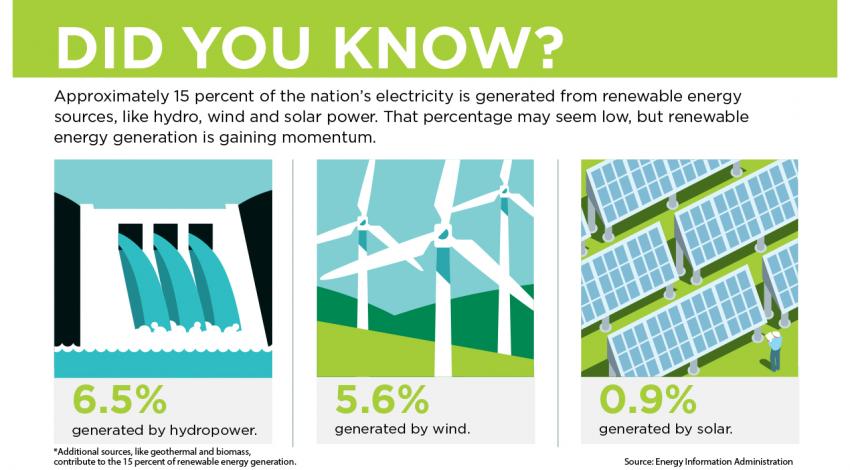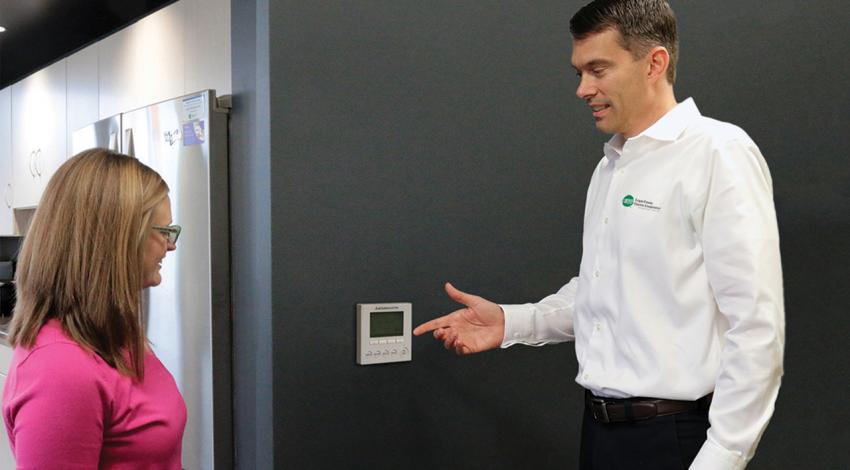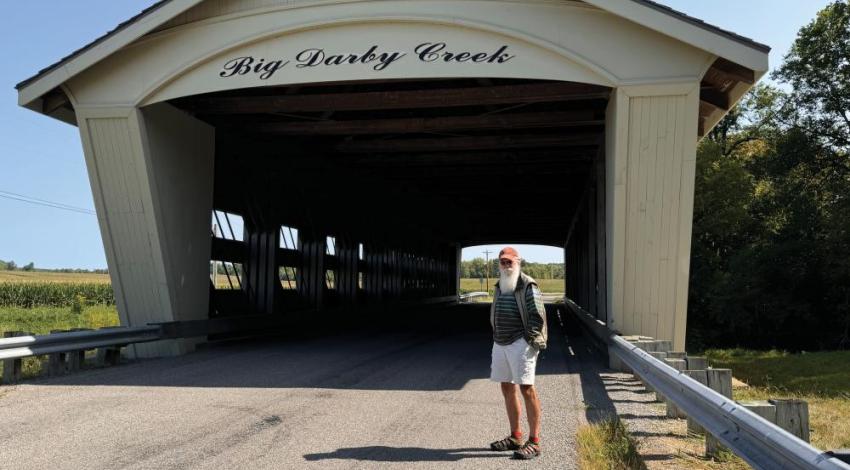Everyone has to start somewhere, career-wise. Many times, that means internships for those who are trying to sort out possible paths. For decades, explorers who have come into an internship at an electric cooperative have found a “home away from home” — a family feeling with smaller staffs that allow for both learning opportunities and advancement. Electric co-ops are companies that care about their employees; they offer good pay, stellar benefits, and a friendly environment.
Dave Buschur saw the opportunity for his business; he just wasn’t sure he could take advantage of it. Buschur is president of Buschur’s Custom Farm Service in Maria Stein, which, among other services, hauls poultry, swine, manure, and grain for area farmers.
“We saw a need for a bio-secure automatic washing facility for trucks and trailers,” Buschur says. “It’s not a requirement, it’s just good practice to decontaminate after every run — you sure don’t want to be the reason anyone’s birds get sick — and there’s nothing else like this around for 500 miles.”


